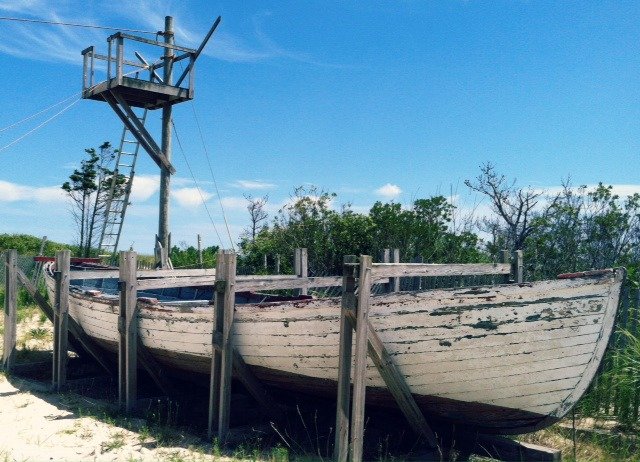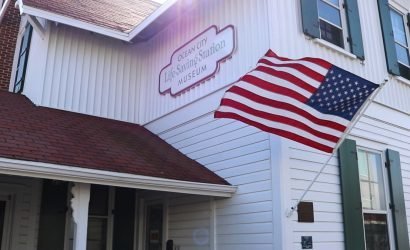A young man sits at a barstool, drinking a mug of murky dark brown ale. An older man, friendly, saddles up next to the young man, and unbeknownst to him, slips something into his drink. The young man wakes up the next day, rubs his pounding head, looks around, and finds himself staring out amidst riggings and sails, and onto the horizon line of the Atlantic Ocean, with nothing but deep blue water as far as his eyes could see. The young man had been shanghaied, a term used to describe when someone became a crewmember on a ship against his will.
Back in the days of the large sailing ships, the vessels were often short of hands—able-bodied men to crew the ships. The Captain of the ship would hire a pressman, whose job it was to fill the crew quota. The Captains favored an ask-no-questions policy—as long as the men ended up on the ship when it was time to set sail, the pressman had done his job; how he achieved it mattered not.
| The tale of the shanghaied sailor is just one of the many stories and songs to be presented in period-garb at the Maritime Heritage Festival to be held at the Indian River Life-Saving Station Museum just south of Dewey Beach this Sunday; all will accurately depict life on the water from the 1600’s through the early 1900’s. The festival will also feature a breeches buoy reenactment. This life-saving maneuver was the only chance shipwrecked sailors had of being rescued. And there were plenty of shipwrecked sailors, especially off of the Atlantic coast where hundreds of wrecks occurred; many of which still remain on the ocean floor.Life at sea was often treacherous. Barometers provided the only indication of inclement weather. Huge waves, nor’easters – even hurricanes – often met the sailors in the days long before modern technology could provide early warnings. Fog could mask a rocky coastline; lack of wind, or getting stuck off course could mean the ship may run out of water or food. It wasn’t a life for the faint of heart. Men who chose the life willingly often did so to escape extreme poverty and even violence. Sailing on the open seas had its own set of challenges. But once the ship reached the shoreline, cargo and crew intact, it still had to come safely into port, and when it didn’t, the few coastal life-saving stations offered the only hope for survival. | 1.jpg) |
This weekend’s Maritime Heritage Festival honors these brave individuals who manned the first life-saving operations in our coastal region, and resurrected this once vibrant part of the past, when nearly all sources of commerce and trade traveled by ship. Go back in time with Shorebread below, and learn more about the rich maritime past of our coastal region. Find out more about the Eastern Shore’s maritime heritage, or see a breeches buoy demonstration in person, at the Indian River Life-Saving Station Museum. The Maritime Heritage Festival takes places Sunday July 21st, from noon to 4pm.
1.jpg) |
The Indian River Life-Saving Station was built in 1876, as was the Cape Henlopen Station. The crew who manned the station had an enormous area to cover, considering that they often had to haul their rescue boat and breeches buoy equipment more than five miles on foot, to the scene of a wreck. |
1.jpg) |
A close-up of the life-saving device shipwrecked crew and passengers would have to climb into, in order to escape their doomed vessel. When time was of the essence and a ship was about to go under, two people could climb into the device by placing one leg in the leg hole, leaving the other to dangle off the side as the crew on the shore pulled them to safety. |
1.jpg) |
Acitivities like this rigging system helped to bring the maritime past to life. |
 |
The reenactment crew sets up part of the breeches buoy system. |









